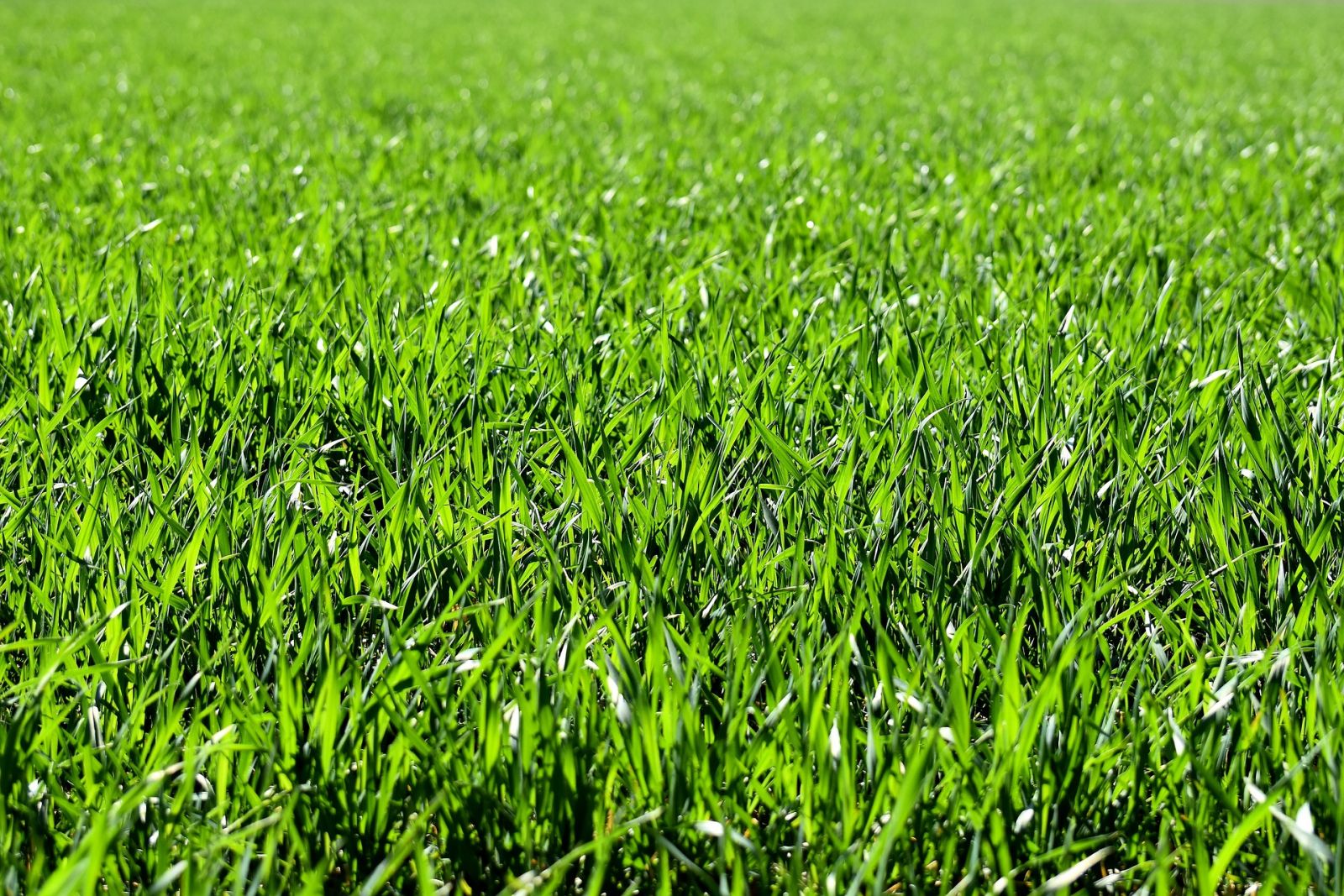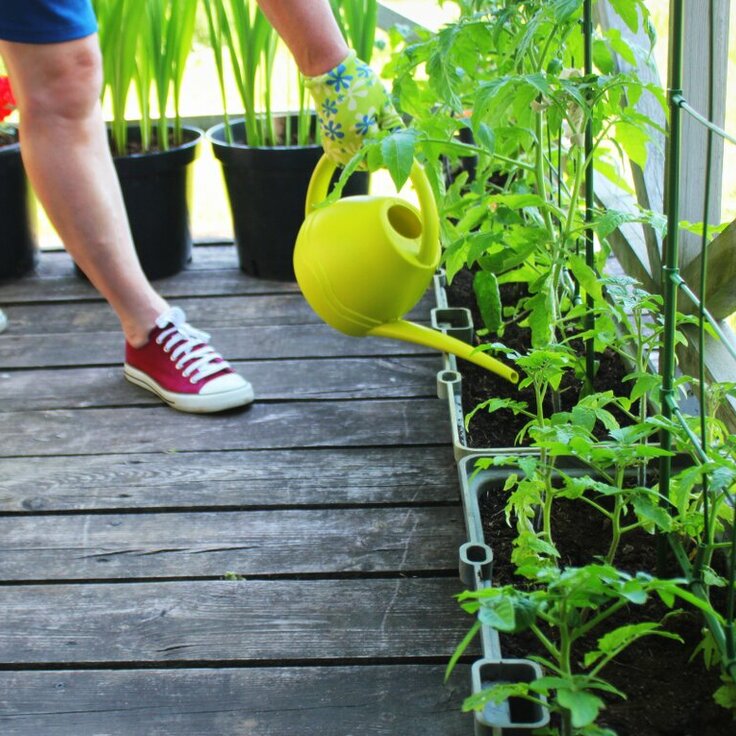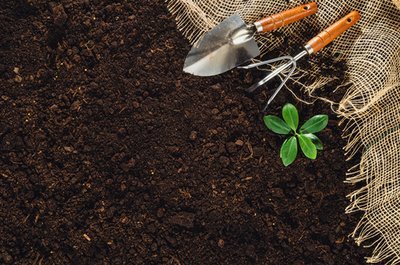Expert Scarifying Tips for a Stunning Lawn
Welcome to our comprehensive guide on scarifying, an essential lawn care practice that can help you achieve a stunning and healthy lawn. If you're looking to improve the overall health and appearance of your lawn, scarifying is a crucial step in your lawn care routine. In this guide, we will delve into the ins and outs of scarifying, providing you with expert tips and techniques to help you achieve the best results possible. So, let's dive in and learn how to scarify like a pro!

What is Scarifying?
Scarifying, also known as dethatching, is the process of mechanically removing the layer of thatch that accumulates on the surface of the lawn. Thatch is a layer of dead grass, roots, and other organic debris that builds up over time and can impede the health and vigor of your lawn. It can prevent water, air, and nutrients from reaching the grass roots, leading to a weak and unhealthy lawn.
Why is Scarifying Important?
Scarifying is an important lawn care practice for several reasons. First, it helps to remove the layer of thatch, allowing the grass to breathe and absorb essential nutrients more effectively. Scarifying also helps to control pests and diseases by removing the thatch layer where they can thrive. Additionally, scarifying promotes new grass growth, improves overall lawn density, and enhances the aesthetic appearance of your lawn.
When to Scarify
The best time to scarify your lawn depends on the type of grass and the climate in your area. In general, scarifying is typically done in the spring or fall when the grass is actively growing, and the weather is mild. However, it's essential to monitor the thatch layer and perform a simple test to determine if scarification is needed. Insert a knife or screwdriver into the lawn and check the thatch layer thickness. If it's more than half an inch, it's time to scarify.
How to Scarify
-
Mow the lawn: Start by mowing the grass to a height of about half an inch shorter than the regular mowing height. This will help the scarifier penetrate the thatch layer more effectively.
-
Remove debris: Rake up any leaves, sticks, or other debris from the lawn to ensure that the scarifier can work efficiently.
-
Choose the right scarifier: Select a scarifier with the appropriate settings and blades for your lawn. For heavily thatched lawns, a scarifier with more aggressive blades may be necessary, while for lighter thatch, less aggressive blades may suffice.
-
Scarify in two directions: Scarify the lawn in two perpendicular directions to ensure thorough coverage and removal of the thatch layer. Be careful not to go too deep and scalp the lawn, as this can damage the grass.
-
Clean up: Rake up the thatch debris after scarifying and remove it from the lawn.
-
Overseed and fertilize: After scarifying, it's an ideal time to overseed your lawn to promote new grass growth. Follow up with a high-quality lawn fertilizer to provide the grass with the necessary nutrients for recovery and growth.
Crucial lawn care
Scarifying is a crucial lawn care practice that can help you achieve a lush and healthy lawn. By removing the layer of thatch, you can improve the overall health of your grass, promote new growth, and enhance the aesthetic appearance of your lawn. Remember to choose the right time, prepare your lawn properly, select the appropriate scarifier and blades, scarify in two perpendicular directions, clean up the debris, and follow up with overseeding and fertilizing for optimal results.








